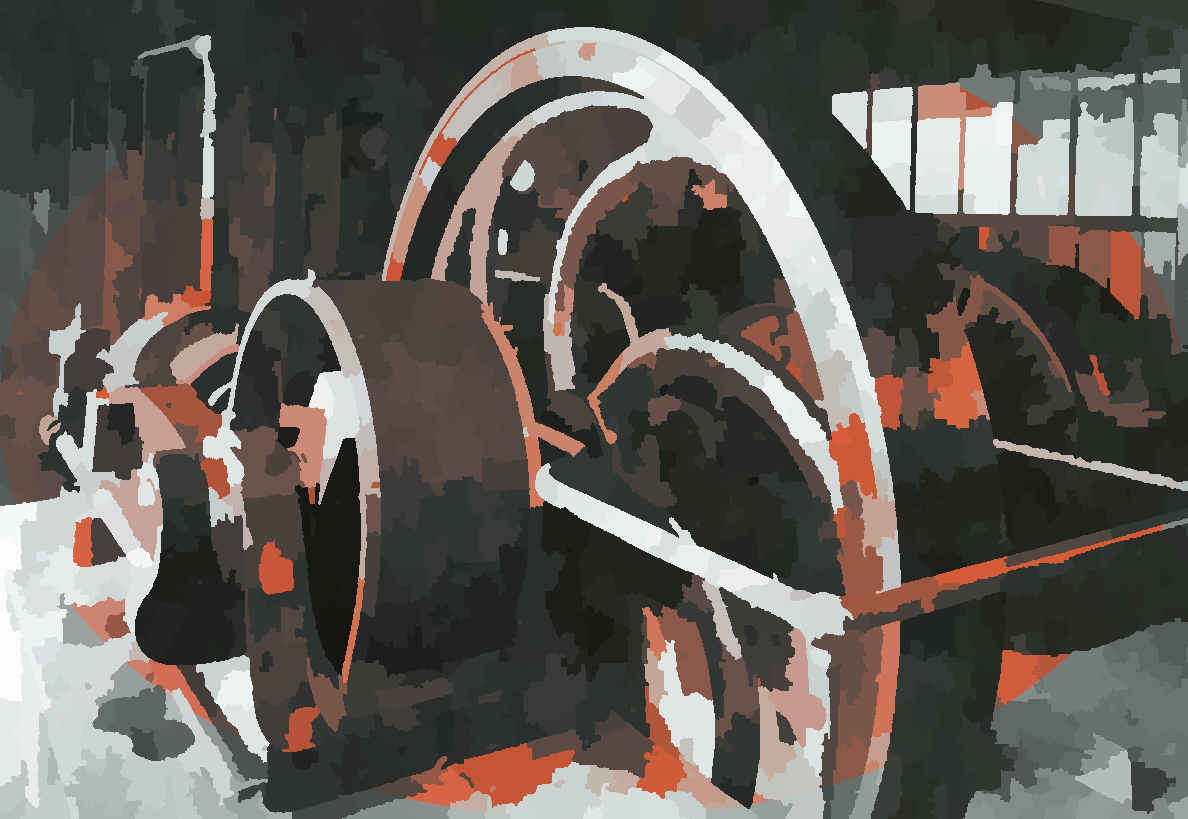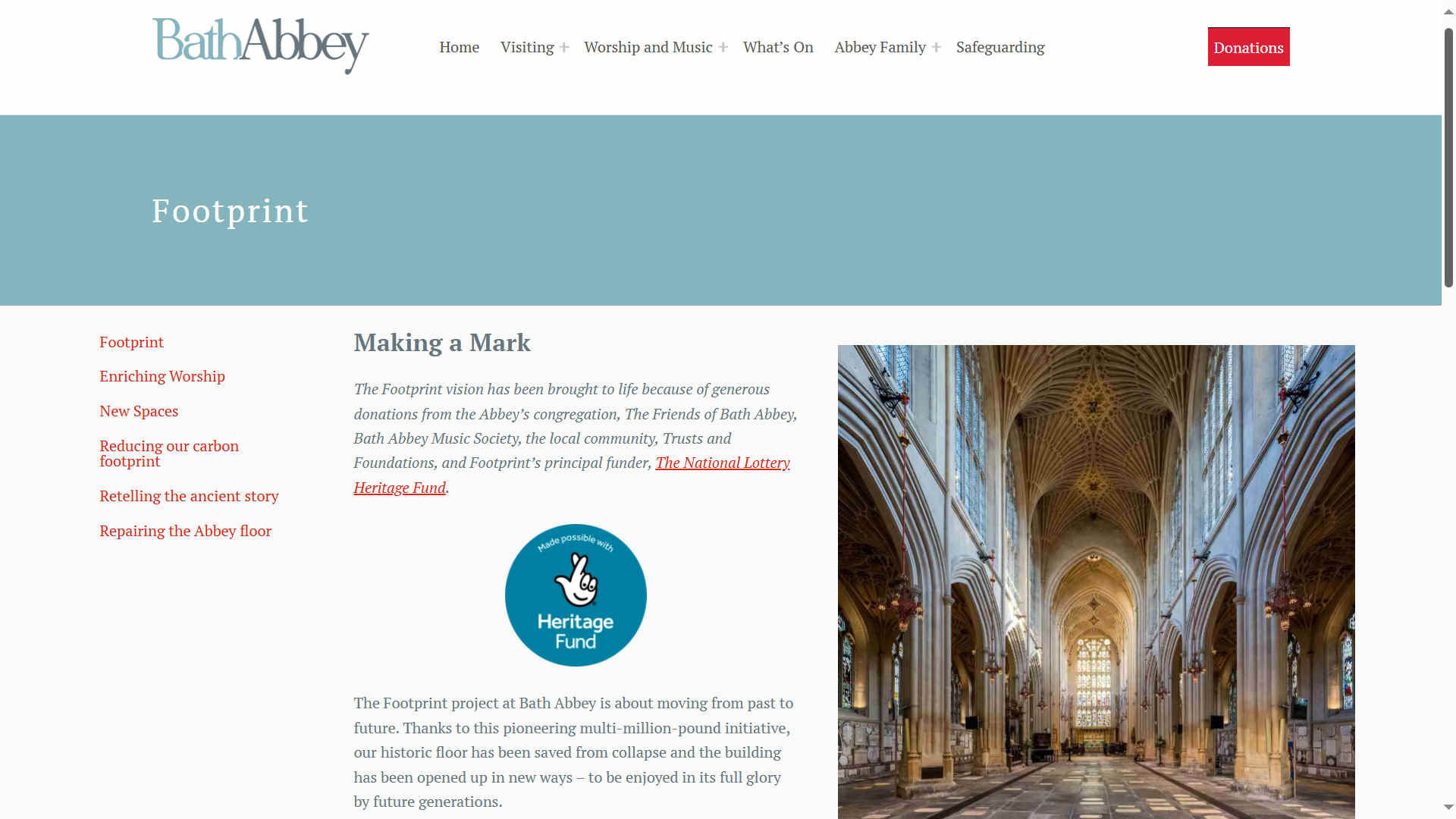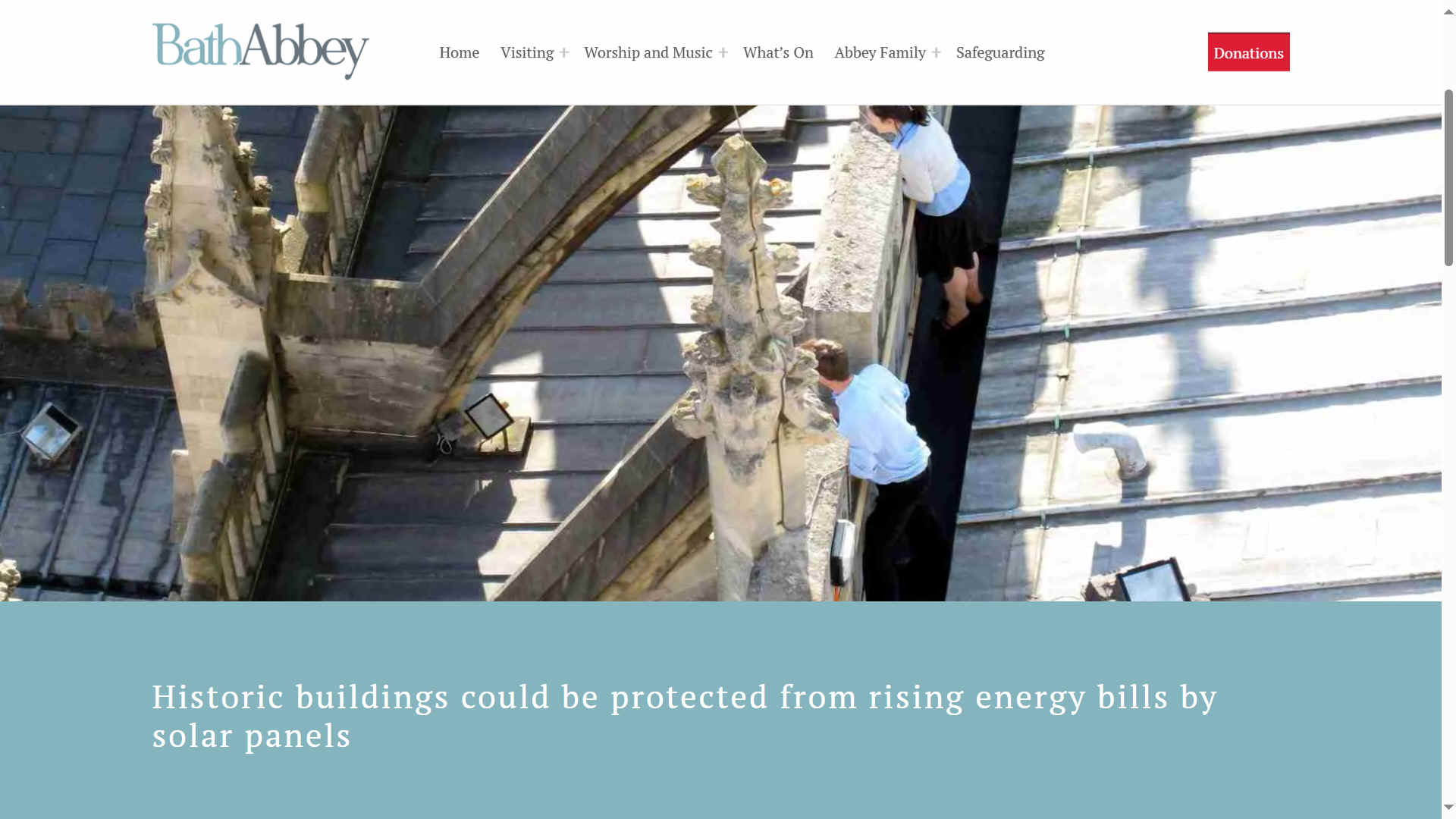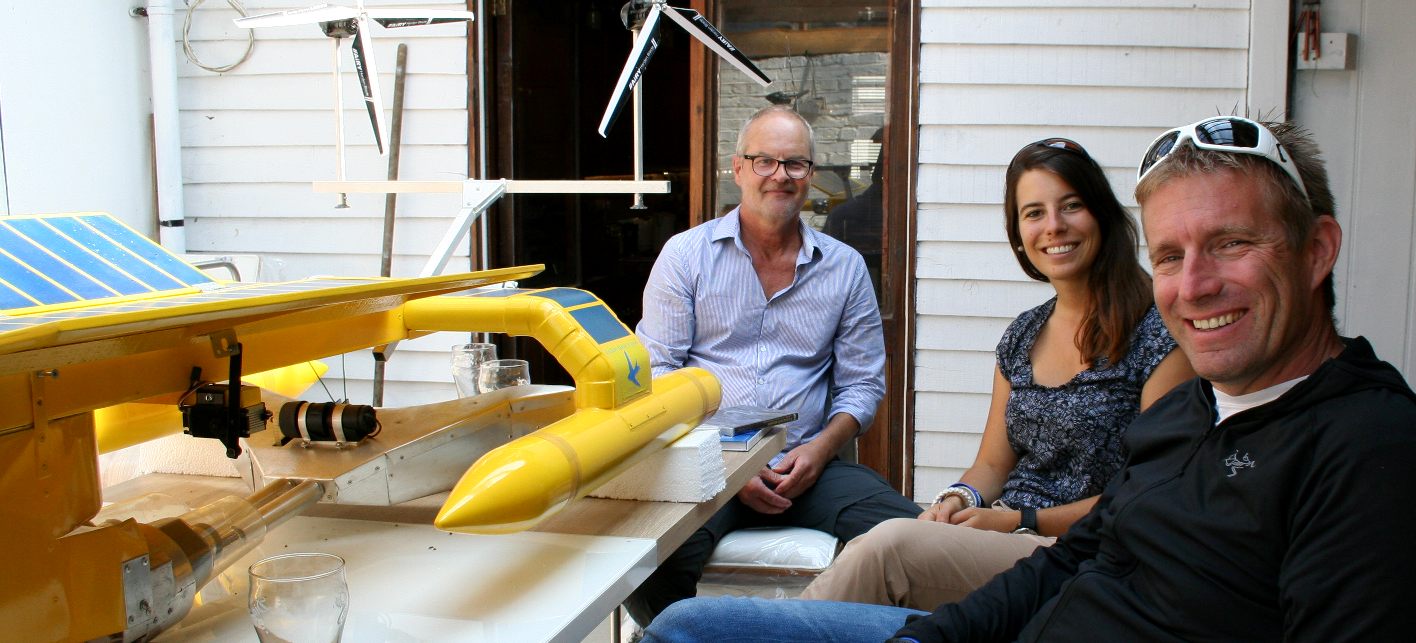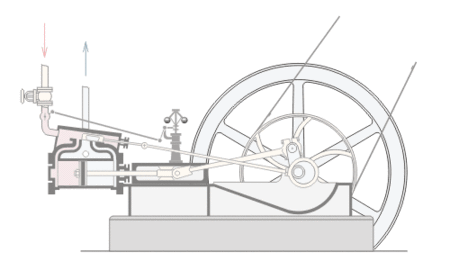|
SOLAR PANELS |
FEATURES |
||
|
EXHIBITS FRIENDS HERITAGE HOME LIME PARK OPEN DAYS PARKING TECHNOLOGY |
|||
Solar panels set well below the ridge height, and level with slate on the adjacent roof. This would appear to be in line with Permitted Development rules, and yet still attracted enforcement by Wealden Council, without any guidance or negotiation as to why they think/thought otherwise. Additional panels will not be fitted until the Secretary of State explains the situation. Or, as the local authority require. These panels may have to go altogether. Which will result in additional running costs, as the Bath University study below confirms. Why the Museum is a target for unsympathetic treatment remains a mystery. Is it any wonder that we are losing hundreds of monuments each year. When there is no help for anyone taking on a restoration project. We hope policies change before all buildings only rated of local interest are gone. See the MARS surveys, designed to protect disappearing heritage assets. In the UK, only listed buildings receive grants for restoration purposes.
We had in mind having a moving array of solar panels to track the sun, but never got around to that. And have decided not to incorporate the mechanics or develop the seals that would make that possible. This was due to the long term maintenance implications, and perhaps a future shortage of staff or volunteers with the requisite skills and knowledge for that upkeep.
It was though a useful design exercise. And it is better to incorporate such features up front, though passive, just in case the UK administration make such attributes mandatory in the future. The mechanicals to enable autonomous movement were not fitted.
Even so, the system has the potential to save the Museum a lot of money otherwise paying for energy from suppliers. Although, we are still connected to the Grid, and still have to pay the standing charge, etc. Hopeful that one day the United Kingdom will have a competitor system to the at present National Grid system that is not owned or operated for the benefit of British, Irish and Scottish citizens, but where dividends profiting from the state granted monopoly go mostly to overseas investors. Thus, investment in infrastructure is stifled, as shareholders are more interested in profits than climate change.
Solar panels are seen all around the village of Herstmonceux and surrounding towns and cities. They are a permitted development, under "The Town and Country (General Permitted Development) (England) Order 2015" [GPDO]. Meaning that you do not need to apply for planning permission to install such panels on a roof, provided that you do not come out higher than (above) the roof form by more than 200mm and will not exceed the ridge height of the original roof(s). But please check the relevant legislation for yourselves, as, GPDOs are constantly changing to give home, farm and factory owners more rights. As a much needed boost to the economy, and to reduce red tape, carbon footprints, etc.
Our panels protrude around 10mm or less. Being designed to follow the original roof form as far as possible. Even so, the local authority is challenging such installation and proposed forward installations. Despite solar panels featuring all over the country. With King Charles III considering fitting to Windsor Castle in London, Bath, and Battle Abbey, also thinking of incorporating solar arrays. See the study below.
Because of the ambiguity and potential inauspicious treatment thus far, we are not giving solar panels the high priority they deserve. Not until the Secretary of State makes a decision on the lawfulness of such proposals. Or is helpful in suggesting a scheme that is acceptable, with reasoning to help ourselves and others considering taking advantage of the GPDO, as to why that envisaged might be inappropriate. We are sure clarification will be useful if this is to be a test case of sorts. Where at the moment, we imagine that householders will decide against installing solar panels, should it be that the GPDO may not be relied on (is not worth the paper it is printed on), or is textually misleading as it is presently drafted. Leading homeowners to face huge legal bills, as councils target less favored individuals. Typically those who may not be able to afford to defend themselves, where Legal Aid is not available for planning matters. And inexplicably, never was, despite the requirement for a level playing field: Equality at Arms.
Reconstruction of the roof timbers of Phase 1B? - as close as practical to the original timbers of the adjacent Phase 1B, as defined by the 1999 Report of Archaeology South East (London University). This structure represents considerable carbon lock in the timbers, where we are shy of increasing our carbon footprint - unless and until being considered as a UNESCO world heritage site.
Such an extension appears to be covered in the GPDO of 2015. Presumably, depending on the planning status of the building, which remains to be defined by the Secretary of State. It is unfortunate indeed, that in 1986 information was provided to the Planning Inspectorate (not by ourselves) that was not at all accurate. The Inspectorate were told that the two extant Phases, where not original. Equally unfortunately, in 1997 the County Archaeologist was not consulted in seeking additional guidance from the local authority and thence the Planning Inspectorate. Hence, the incorrect 'non-assessment' was carried over until today at time of writing in August 2024.
In or around 1936, the Weald Supply Company were forced to pay compensation to Charles de Roemer under the tenets of the Electric Lighting Acts 1882 - 1909. The Weald Supply Company were none too pleased to have to pay monies to Herstmonceux Electricity Works, taking revenge as they may, by taking down Phase 1B? and removing much of the ancillary plant. A heritage tragedy as far as we are concerned. Not many years after that, the National Gas Engine was taken to Herstmonceux Castle. And from there, we think during World War Two, the engine may have been scrapped, as there was an iron shortage to make steel for weapons of war; tanks and ships.
The section of building taken down housed a second generator, ancillary equipment and gas producing plant for the National 36hp gas engine. This is the engine that Ronald Saunders (we think) mistook for a steam engine. Phase 1B? also housed a large underground condensation chamber. Due to the nature of the equipment in this building, it is assumed that the roofing and roof structure would have been similar in construction to Phase 1A, except perhaps including lean to extensions. As with the faggot store.
THE COST OF SOLAR PANELS
Vs GRID ELECTRICITY
In all, the assembly should generate around 3.6Kw at peak times. In the summer months, that should equate to eight hours of solid energy harvesting. Giving us 3.6 x 8 = 28.8Kw/hrs @ 0.24 pence per unit, that saves around £6.91 pounds a day, or £193.54 pounds a month. Wow!
As
with solar panels, lithium/cobalt based car batteries are mostly made in
China at this time, European policies not favoring domestic
manufacturers. We are also considering converting electricity to
hydrogen, for the hydrogen cartridge systems on our H2 City car. Once
again dependent on clarification as to the law and legal requirements.
That is why the Lighting Acts had to be redrafted so many times, because
the original terms did not incentivise sufficiently to make it happen.
CONCLUSIONS BATH ABBEY STUDY
- The decarbonization of historic buildings such as Bath Abbey is essential in the move to net carbon zero. In this study, a PV system has been designed to cover the south-facing roof of Bath Abbey. This system has been designed by considering historical weather data, the orientation of the Abbey's roof, and any shading the system may occur. It was found that the PV system will have a payback time of (13.3 ± 0.6) years following an initial investment of £134,000 and would yield a profit £(139,000 ± 12,000) over the system's 25-year lifetime. This financial saving is a result of reduced electrical energy bills over the lifetime of the system as well as selling some excess electricity. Additionally, financial stress tests have been performed to confirm that the system would be profitable in all likely scenarios. Therefore, this case study provides the important insight that is relevant to other historical buildings, namely despite the additional costs associated with the installation of a PV system on the roof, it can still be a financially sensible decision to do so for the owners of such buildings. Furthermore, it has been argued that the installation would have significant environmental and social benefits.
BATH UNIVERSITY 3 FEBRUARY 2022
Installing solar panels could help historic buildings beat the rising costs of energy, according to a new study by a team of UK researchers led by the University of Bath.
STUDY ABSTRACT - Reduction of the carbon footprint of historic buildings is urgent, given their exceptionally large energy demand. In this study, the performance and cost of a roof mounted photovoltaic system has been simulated for Bath Abbey, a grade I listed building, to test the financial viability of installing such a system. The electrical output of the panels was generated by the software package PVsyst with inputs such as the known dimensions of the Abbey, historical weather data, the orientation of the Abbey's roof, module azimuthal and tilt angles and shading by the spire and roof features. An important result is that even though the roof is not shadowed by other buildings, shading causes a 19% loss of peak power. This model was used to determine a recommended configuration comprising 164 solar panels, separated into two subsystems located on two parts of the roof, each with an inverter. Its predicted electrical output, 45 ± 2 MWh generated in the first year of operation, formed the basis of a cost–benefit analysis. This system will become profitable after 13.3 ± 0.6 years and provide a profit of £139,000 ± £12,000 over its 25-year lifetime. Financial stress tests were performed for key assumptions to ensure that this result was true in all likely scenarios. This result shows that it is likely to make financial sense to install a photovoltaic system on a historic grade I listed building.
The most important parameter determining the output of silicon PV modules is the angle of tilt (angle between the panels and horizontal) and the azimuth angle (angles between the panels and south) which are the two key angles when finding the optimal orientation. The optimal orientation will depend on the latitude and longitude of the roof. The ideal orientation, generated from PVsyst for our case study, is 0° and 40° for the tilt and azimuth angle, respectively. The Abbey's roof has a 20° tilt and the south-facing roof has a 6° azimuth angle, within 95% of the maximum possible irradiation energy incident on the panels throughout the year.
Solar power has it's place on boats and cars. A solar powered catamaran named Turanor PlanetSolar has already navigated the globe, thanks to the efforts of Raphael Domjan and Immo Stroeher. It was proposed that solar power would be suitable for cleaning plastic from our oceans and seas. And why EVs do not yet have solar panels as their roofs is beyond us. It is an opportunity to reduce transport costs yet further. Perhaps, stymied by investments in fossil fuel powered cars today, and the infernal combustion engine.
SOLAR PIONEERS - Stephane Chopard & Raphaelle Javet (communications) and Raphael Domjan (pilot) on a visit to Herstmonceux Museum in August 2017. Raphael's Turanor PlanetSolar project set the benchmark when it comes to solar powered zero carbon transport.
https://scijournals.onlinelibrary.wiley.com/doi/10.1002/ese3.1069 https://scijournals.onlinelibrary.wiley.com/doi/10.1002/ese3.1069 https://www.bathabbey.org/historic-buildings-could-be-protected-from-rising-energy-bills-by-solar-panels/
There are several innovative vehicles and vessels on permanent display at Herstmonceux Museum, including:
1. Art Gallery - Collection of paintings, pictures, graphics, sculptures, wooden carvings & exotic glassware 2. Archives - Historic documents library, patents, trademarks, copyright, films, catalogued legal papers & letters 3. An Edwardian ice well, throwback to the days before refrigeration 4. A large underground (condensation/cooling) and water storage chamber for ice making 5. The world's smallest water basin, test tank for model boats & ships to 1:20 scale 6. World's smallest wind tunnel, vehicle drag measuring instrument using electronic strain-gauges 7. Three PV boat models, Navigator, SWATH & 2 cats + route map prior to Swiss PlanetSolar 8. Seavax, the ocean cleanup proof of concept prototype from 2016 - Hall of Plastic, ocean waste, marine litter Vs fish 2050 9. AmphiMax, radio controlled (working) beach launching & recovery vehicle for SeaVax 10. Anthony the most dangerous giant Australian bulldog ant, 300 times normal size - Making Ant's Cart 11. EV - FCEV refueling station model in 1:20 scale 12. The only working (fully functional) water well in Herstmonceux village 13. The fountain of youth, Cleopatra inspired statue supplied from natural well water drawn on site 14. Second World War, 'Anderson Inspired,' bomb proof shelter constructed by Major Charles de Roemer 15. City sports FCEV-BEV, hydrogen gull wing proof of concept DC50 electric car 16. Land speed record car: Bluebird-Electric BE1 (original 1st) with battery cartridge exchange 17. Land speed record car: Bluebird-Electric BE2 (original 2nd) with cartridge exchange 18. A complete mummified squirrel, found when re-roofing the Museum June 2017 19. A fully operational, and restored VW Kombi van dating from 1978 (historic vehicle) 20. BMW i3, battery electric vehicle hybrid, with onboard generator range extender 21. Solar panel, and battery energy storage systems facing north-south and east-west 22. A hornet's nest found on site & preserved in 2016 (reported as [Asian] invasive species, to be safe) 23. Three sewing machines, including an antique Singer and a Brother industrial. 24. Adventure climbing frames for children (back to nature) Swiss Family Robinson 25. 'Elizabeth Swann' proof of concept model 1:20 scale hydrogen powered trimaran 26. Holm oaks, planting and growing trees from acorns on site, re-wilding in Sussex 27. Robotics, mechatronics, electronics and animatronics display - the steel frame, head/jaws, & drives of Anthony (coming soon) 28. Dalek - Full size, drivable working model of the famous Doctor Who BBC TV series, and Peter Cushing film 29. Films - Library of VHS tapes, DVDs and BluRay classics, national treasures, greatest hit, noir, oldies - from 1920 30. PartArt4OW - Proposal for an adapted & illustrated version of the Kulo-Luna script, with local exhibit & art competition 2025
|
|||
|
|
|||
|
EXHIBITS FRIENDS HERITAGE HOME LIME PARK OPEN DAYS PARKING TECHNOLOGY UNESCO
Copyright © 2025 Lime Park Heritage Trust. A not for profit organisation with charitable objects.
|
|||
